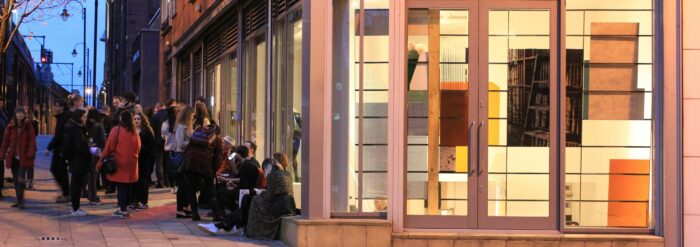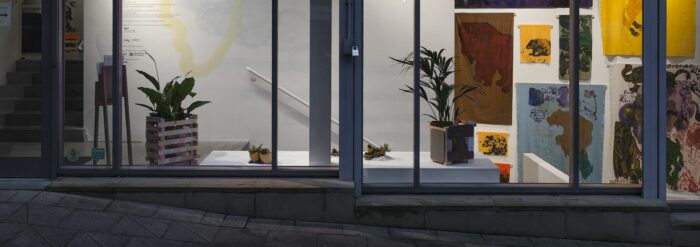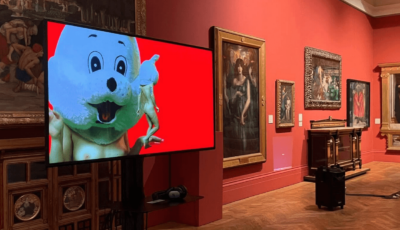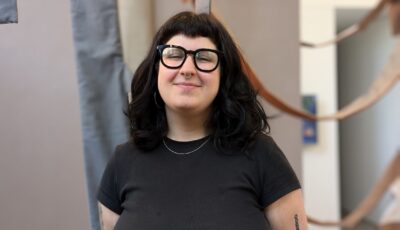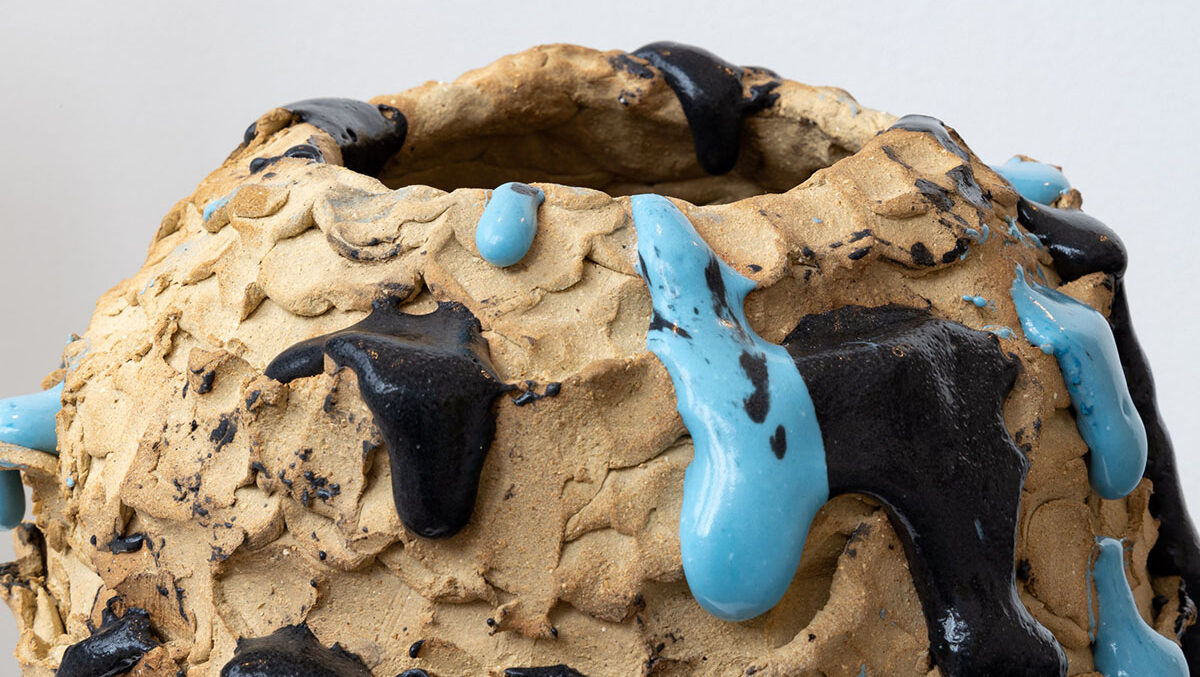
Spotlight: Artists and Sustainability – Parham Ghalamdar
Posted on 8 August 2023
This month we’ve invited Parham Ghalamdar to contribute to our ongoing series Spotlight – Artists and Sustainability, where we ask artists to share short responses about their work and how it might relate to climate change.
Parham Ghalamdar is a painter with a background in graffiti. He studied MA in painting at Manchester School of Art, specialising in oil painting. His recent work examines the relationship between contemporary painting with the past to negotiate the present. Ghalamdar expanded his painting and drawing practice into the digital realm since the temporary closure of his studio during the national lockdown in 2020 and has recently finished two short animations/films in collaboration with the director Martin Cooper, commissioned by the Oscar-winning artist, animator and filmmaker, Joan Gratz.
Ghalamdar is a member of the Workplace Foundation’s Community of Artists. Recent solo exhibitions include Painting: An Unending HOME Manchester, Fig.1 at Caustic Coastal, A Fine Kettle of Fish at Granada Foundation Galleries HOME, Manchester and Against the Absurdity of Life at Maria Behnam-Bakhtiar Gallery, Monte-Carlo. Recent group exhibitions include The Lowry, Salford, Rebecca Hossack Gallery, London, London Paint Club, Floorr Magazine, Castlefield Gallery, Manchester, Manchester Art Gallery, the Whitworth, Manchester, Beep Painting Biennale, Swansea, Asia Now Art Fair, Paris. His work is also in University of Salford Art Collection and Government Art Collection.
His work is currently on display at Castlefield Gallery as part of our current exhibition The Poetics of Water until 24th September 2023.
In what ways do you feel your work might relate to issues of climate crisis and sustainability, in the content of the work, its narrative, conceptually or theoretically. How might it speak to or challenge public discourse?
As an Iranian refugee painter and ceramicist living in the UK, I find that my work naturally intersects with issues of climate crisis and sustainability in various ways. In the content of my art, I often draw inspiration from nature, capturing its beauty and fragility through my paintings and ceramics. This serves as a subtle reminder of the importance of preserving our environment. The narratives within my work explore the connection between human migration and the changing landscapes caused by climate change, fostering empathy and understanding among viewers.
Conceptually, my creations aim to challenge public discourse by inviting viewers to contemplate the consequences of our actions on the planet. Through symbolism and metaphor, I encourage dialogue about environmental issues, making them more accessible and relatable. By presenting a perspective that combines the personal struggles of a refugee with the broader context of climate crisis, I hope to stimulate discussions that lead to positive change.
With regards the materials, processes and techniques you use to produce your work, are there any practical decisions you make with regards climate change and sustainability
In terms of materials, processes, and techniques, I am committed to adopting sustainable practices. I prioritise using eco-friendly and locally sourced materials whenever possible. I experiment with low-impact firing techniques in my ceramics, reducing energy consumption. Additionally, I engage in upcycling and repurposing materials, transforming discarded objects into meaningful artworks that highlight the potential for sustainability in artistic endeavours.
In general, how do you feel galleries, art spaces, artworks and artists might be able to contribute? What if any role do you feel they can play in a progressive conversation?
Galleries and art spaces have a crucial role to play in advancing the conversation on climate crisis and sustainability. They can curate exhibitions focused on environmental themes, showcasing artists whose work addresses these issues. This provides a platform for artists like myself to share our perspectives and insights with a wider audience. Artworks themselves can serve as powerful tools for sparking conversations and raising awareness, inspiring viewers to reevaluate their relationship with the environment.
Are there any tips or advice, anything you have learnt you might want to share with other artists or our audiences?
In terms of advice for fellow artists and audiences, I would suggest embracing collaboration and community engagement. Collaborative projects that involve local communities and environmental organisations can amplify the impact of artistic efforts. As artists, we can facilitate workshops and discussions that encourage sustainable practices in both art creation and daily life. By fostering a sense of shared responsibility, we can collectively contribute to a more sustainable future. To audiences, I encourage them to approach art with an open mind and a willingness to explore the deeper messages embedded in creative expressions. Art has the potential to transcend cultural and linguistic barriers, allowing for a universal understanding of critical issues like climate crisis and sustainability.
